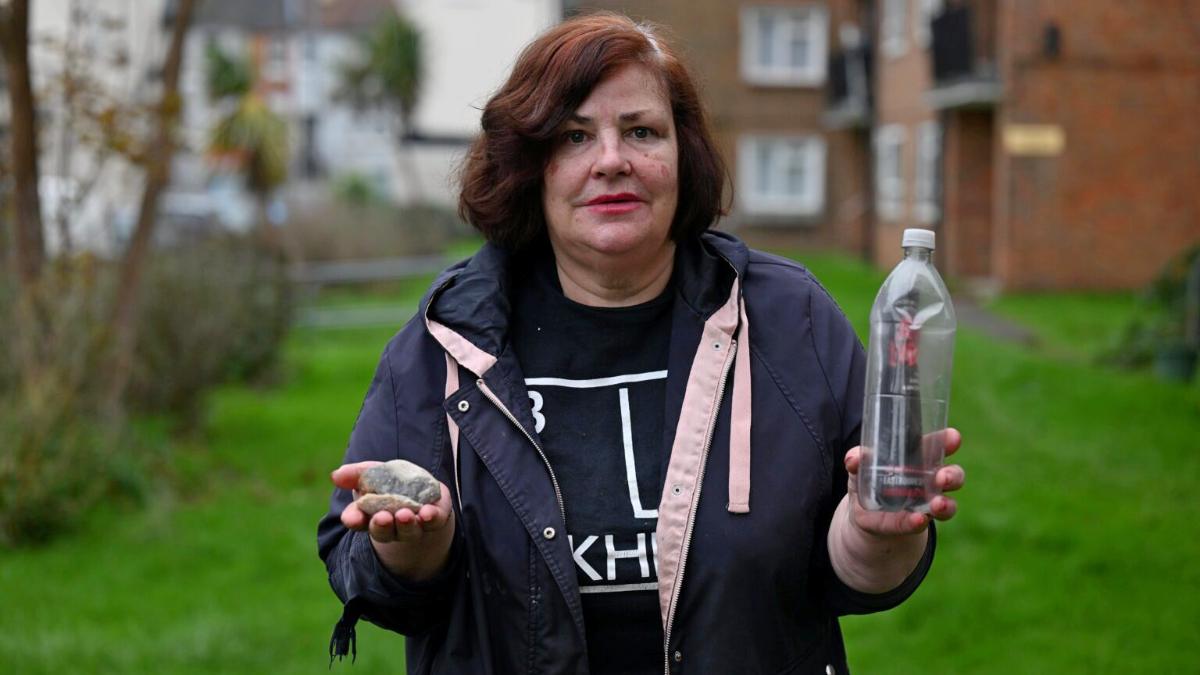
Any children’s film that opens with a Le Tigre song and contains a sad matador singing Radiohead is basically alright by me. Death is ‘in’ at the moment in children’s animation, with The Book of Life belonging to a quirky little group along with Frankenweenie and Paranorman (or going back a bit further, The Corpse Bride and The Nightmare Before Christmas). But even among this morbid crowd, The Book of Life racks up an impressive body count. Given that the film bears Guillermo del Toro’s unmistakable fingerprints, this perhaps isn’t surprising, as in this case, animation allows his intricate imagination to run riot.
We open in the ‘real world’ to find four misbehaving children on a school trip to a museum. The guide (Christina Applegate) is teaching them all about the Mexican Día de los Muertos (Day of the Dead) via a children’s fable told through wooden toys. But first a whistlestop tour through the Mexican afterlife.
Now pay attention, as this is where it gets complicated: Firstly, there’s the Land of the Living (fairly self explanatory). When the living die, they pass into the Land of the Remembered (a big happy dayglo skeleton party). When the last living person dies who remembers them, the dead pass into the Realm of the Forgotten (a grey limbo). Governing the Land of the Remembered is the lovely La Muerte (Kate del Castillo), and governing the Realm of the Forgotten is her sometime partner Xibalba (Ron Perlman). Keeping all this running smoothly is the cheery Candlemaker (Ice Cube), who drifts between all three realms.
Xibalba is miserable in his grey hell and regards La Muerte’s kingdom with envious eyes. So the two deities make a wager for their respective thrones. Sitting high atop a graveyard they spy three children playing; Maria, Manolo and Joaquin. Manolo and Joaquin are both vying for Maria’s affection, so the two Gods bet their kingdoms on which will marry her; La Muerte taking the musically minded Manolo and Xibalba the wannabe hero Joaquin.
Cut to the three as adults. Manolo (Diego Luna) has been unhappily pressured into the family trade of bullfighting. He’s an expertly skilled matador, yet dismays his father by refusing to kill the bull. Meanwhile, Joaquin (Channing Tatum) has become the jockish protector of the town, his exploits making him something of a hero. When Maria (Zoe Saldana) returns from finishing school, the competition between two rivals hots up, as does the wager between La Muerte and Xibalba – with ‘grave’ consequences for all (s0rry).
Death runs right through The Book of Life, informing every inch of its aesthetic. The film itself is remarkably upfront about death as well, setting out its tone in an early scene that shows families gathering at their loved ones graves. In touching stuff we see husbands mourning wives, children mourning parents and vice versa. Tonally, the film is basically light-hearted, but you can’t escape the inherent grimness of the material. The framing narrative even highlights this with the young ‘audience’ complaining that a story with this much death isn’t appropriate for them.

The Book of Life doesn’t confront children with the realities of death, presenting the afterlife as one big party with ‘true’ death only occurring when you’re forgotten – a poetically positive spin on the whole process. Problem is that the barriers of life and death prove to be rather porous, which drains suspense from the film. After all, if death is actually a happy development, then what’s so bad about dying? Slightly more worrying is a character deciding to commit suicide to enter the afterlife; sure it’s romantic, but isn’t it just a tiny bit irresponsible to tell children that topping themselves is a one way ticket to an awesome skeleton body and partying with their dead relatives?
This upbeat happiness is created by The Land of the Remembered being one of the most dazzling environments I’ve seen in a while. Del Toro’s design team has let their imaginations go wild, cramming in neon details, Aztec influenced architecture and candy colours. You drink it in, growing drunk on the dynamism, but my only complaint is that we don’t actually spend much time there. The vast majority of the film takes place in the living wooden world, which is also lovingly designed, but just isn’t as fun.
The central principal for design appears to focus on materials. La Muerte is made of sugar, the Candlemaker is made from hot wax and the townspeople are all made of wood. Their blocky nature is innately satisfying, and the characters are attractively tactile and carefully crafted. Given Del Toro’s involvement you’d expect the character design to be excellent, and he doesn’t disappoint – everyone in the film has loads clever little details, from the splintery stubble on a granny’s chin to the halo of candles that decorates La Muerte’s sombrero.
Also rather pleasant is the film’s position on animal cruelty. The bullfighting sequences are undeniably fun to watch – you understand why people might enjoy seeing a skilled matador manipulate a bull. Yet nagging away at the back of your brain is the worry that the cruelty inherent in the sport is going to go unexamined. You needn’t worry though, as this more than pays off in the most heartfelt moment in the film, a beautiful original song where our hero apologizes to the spirit of the bull.
The only real flaws in The Book Of Life are character ones. Manolo is certainly likeable, but he’s ever so slightly bland, never quite displaying that zing of individuality that makes a true hero. His entire plot is the creaky old ‘son straining under familial pressure’ story that’s been done to death in a thousand other movies (though perhaps only literally here). Similarly, Maria is cut from the same cloth as every spunky Disney woman of the last 15 years or so – it’s always nice to see the love interest portrayed as master of their own destiny, but her arc is also a bit worn out.
The Book of Life‘s characters don’t have the same guts that the film does, as it takes children on a lighthearted adventure through death, bereavement and decay. So, it’s almost with guilt that about midway through I felt a tingle of boredom. The film only properly explores the beautiful afterlife in its last half hour, making for some slack and uneven pacing throughout the majority of its runtime.











Published: Oct 16, 2014 11:16 am